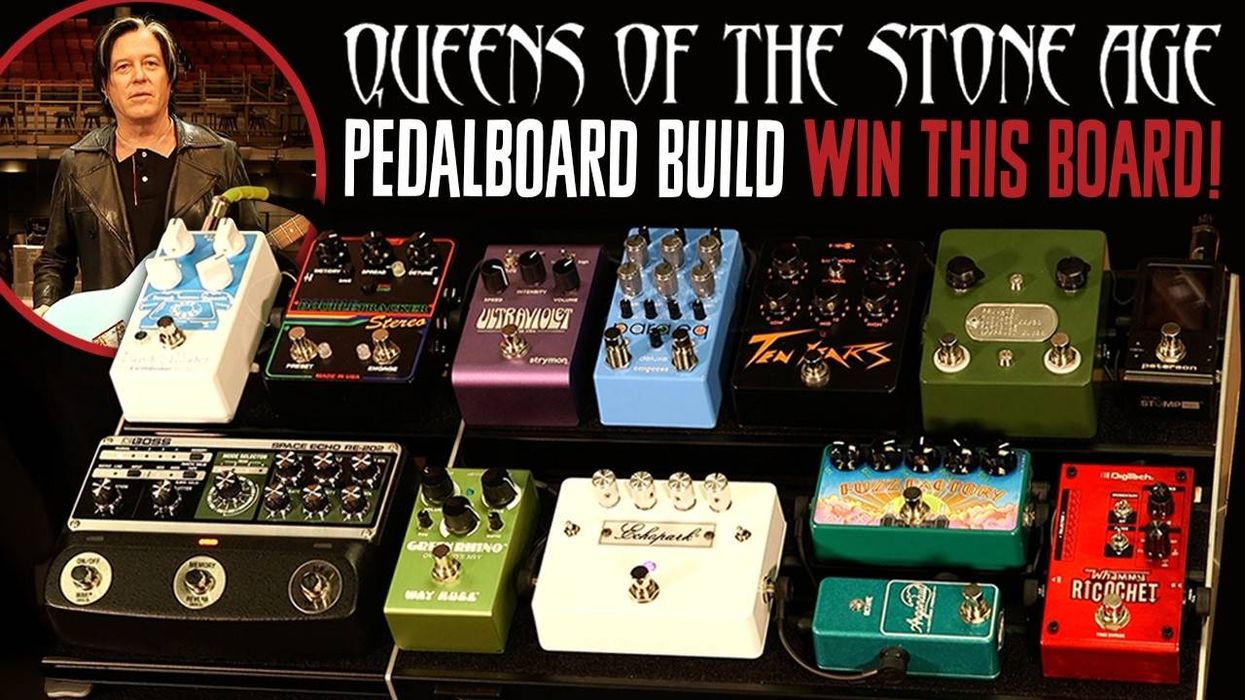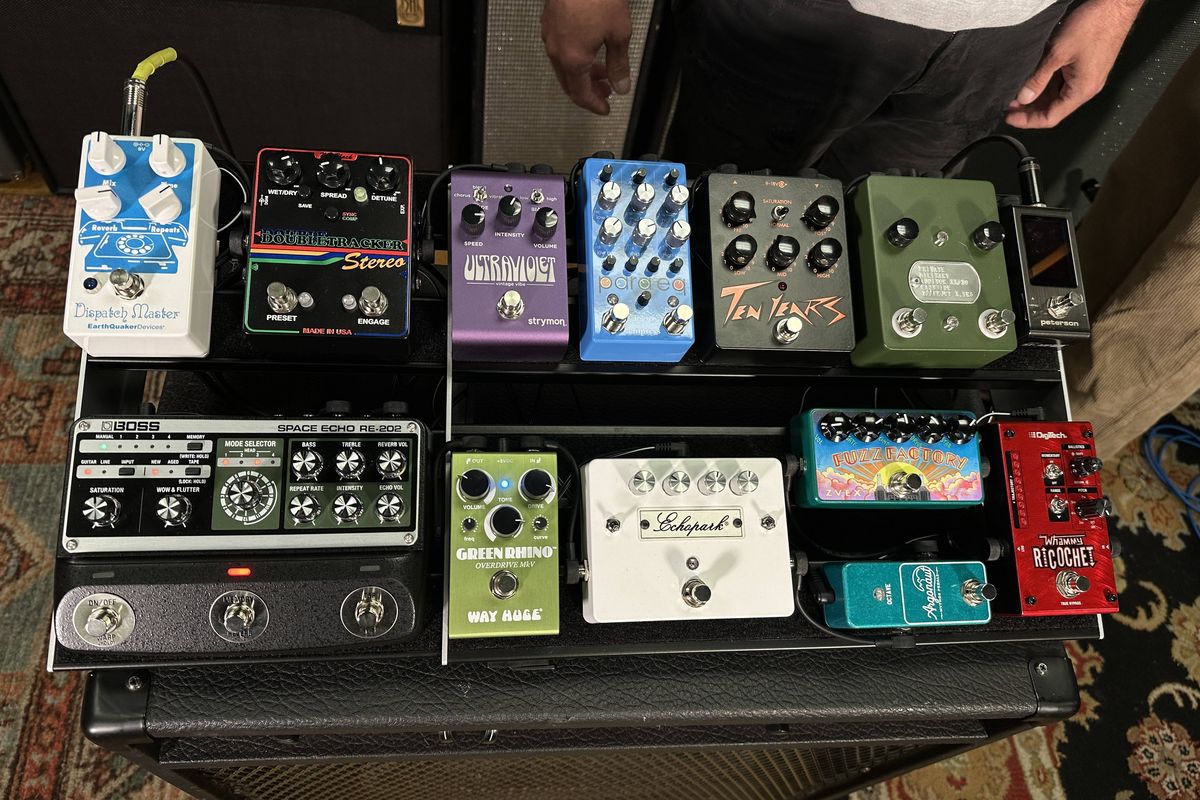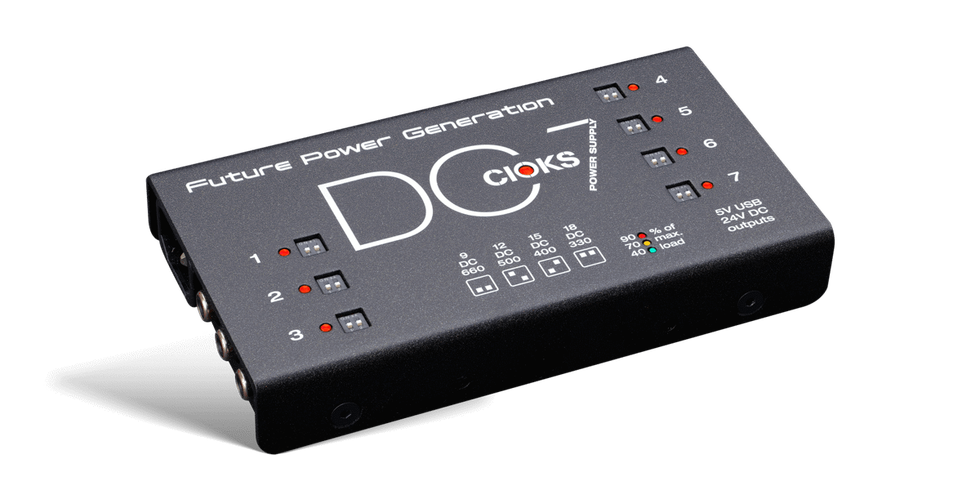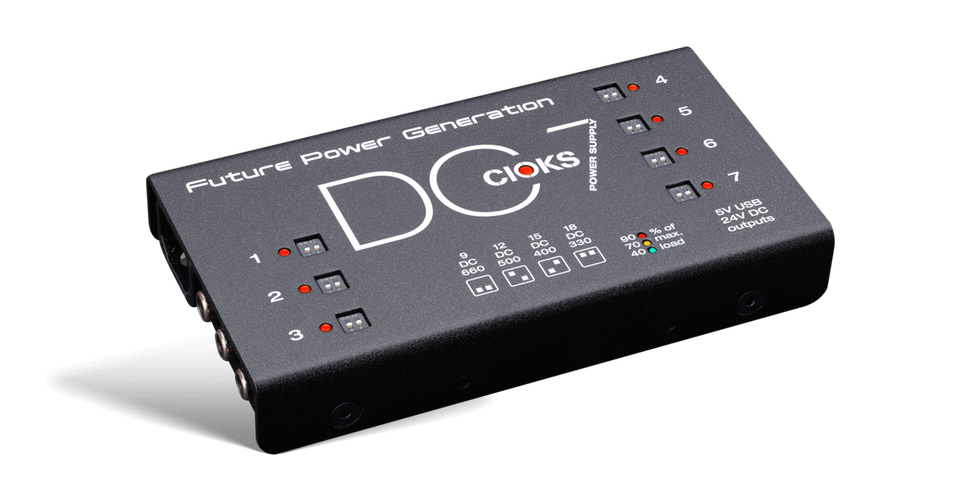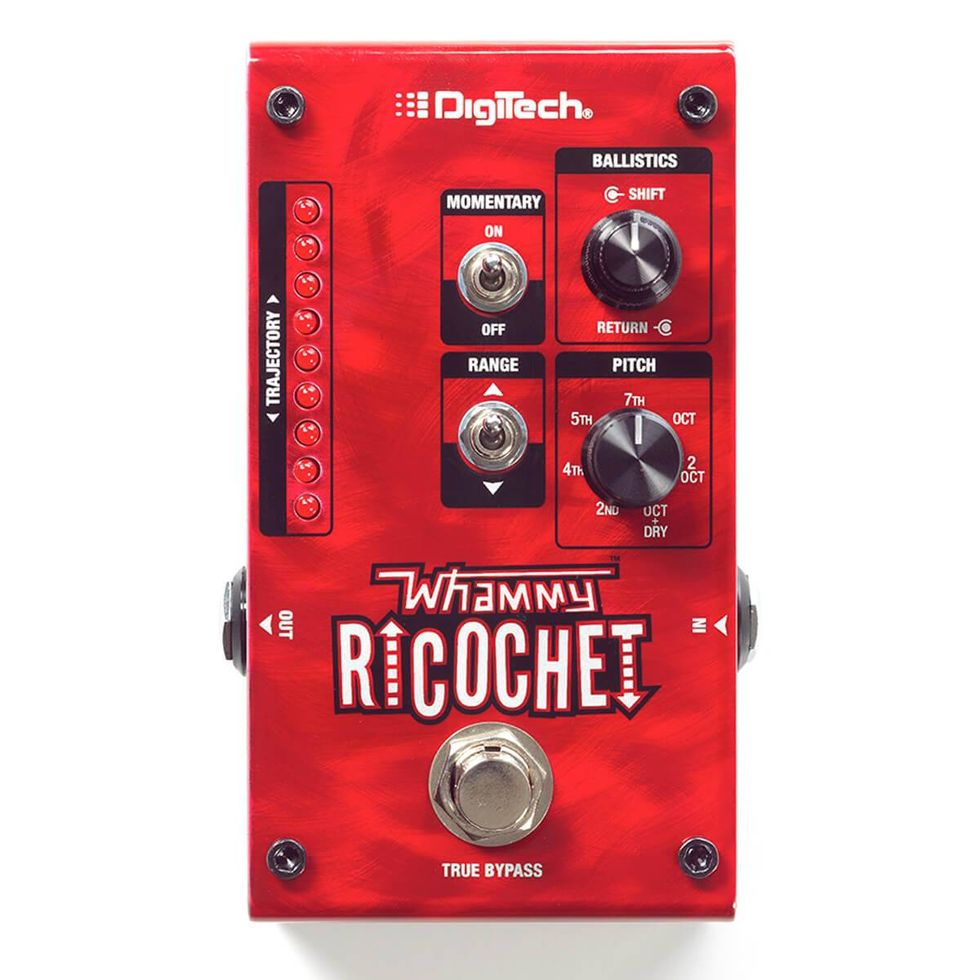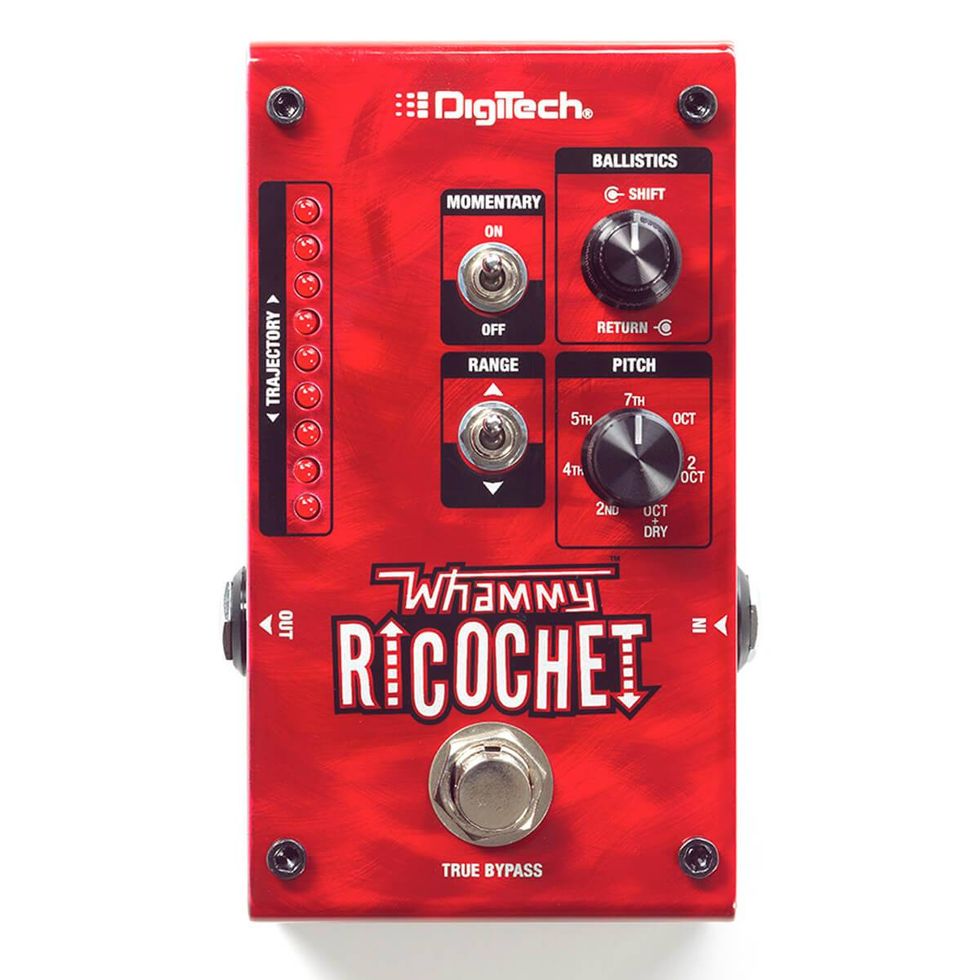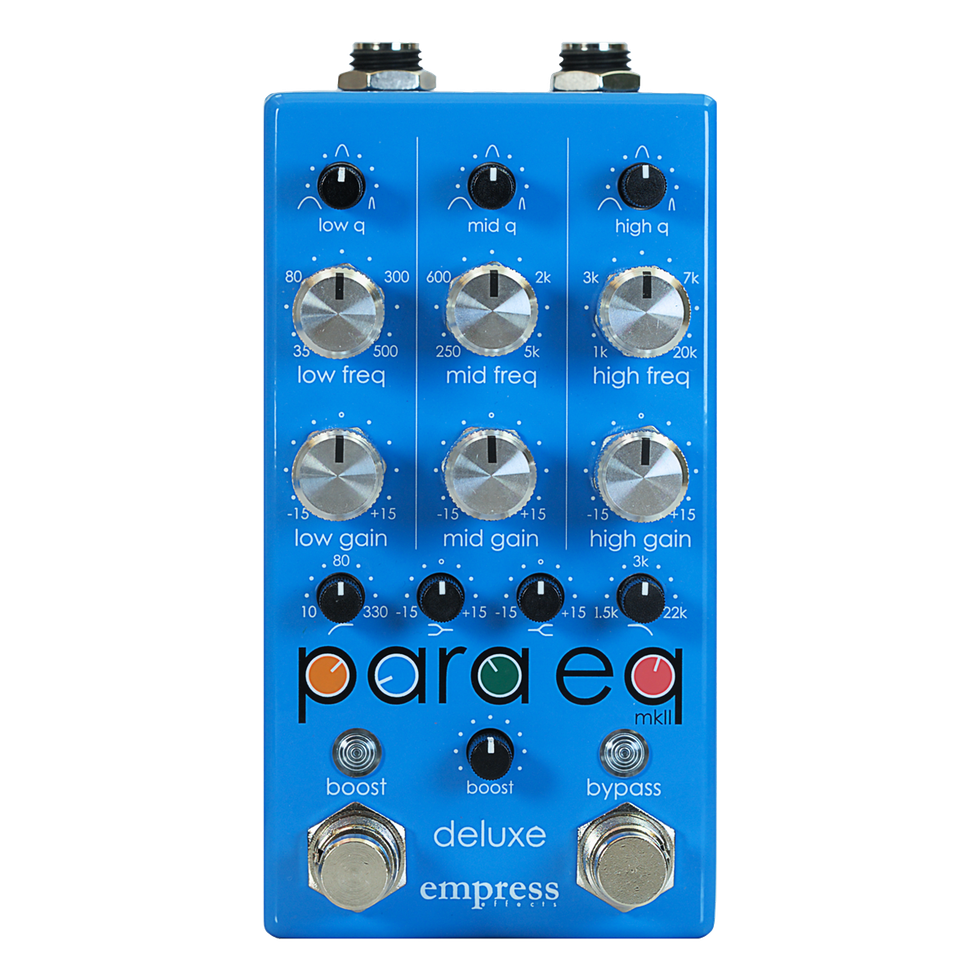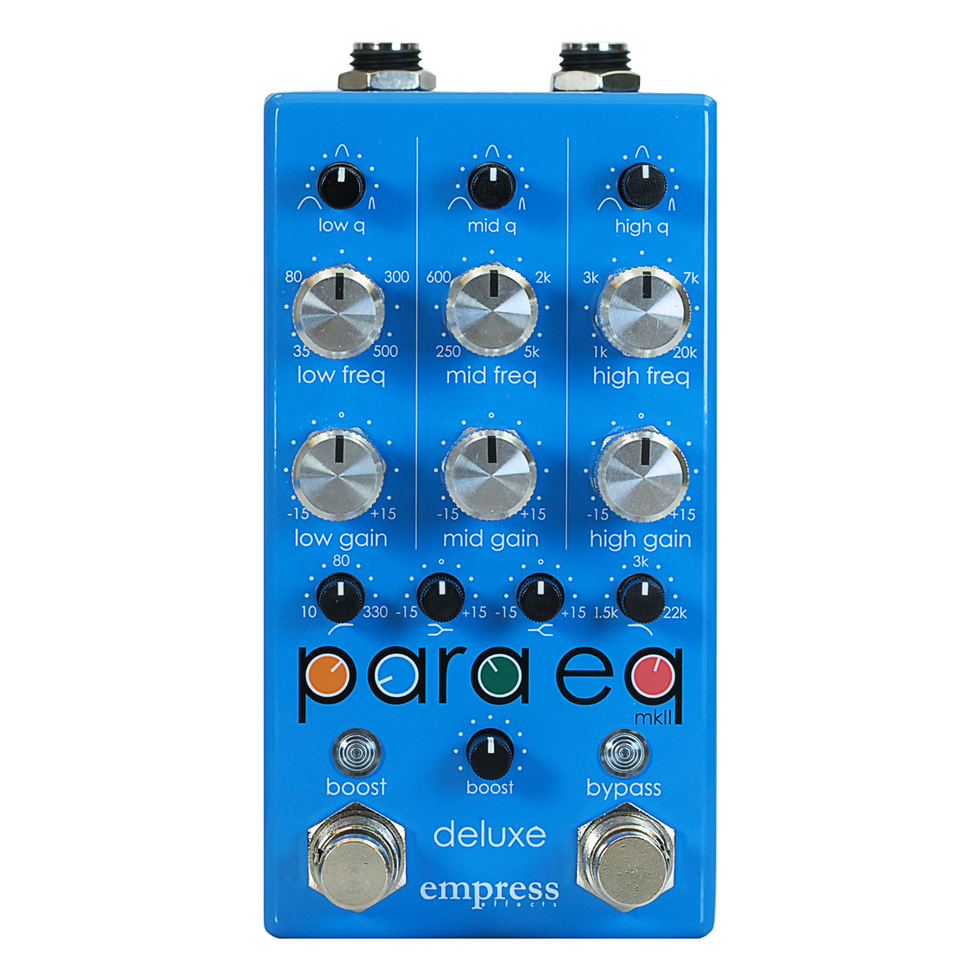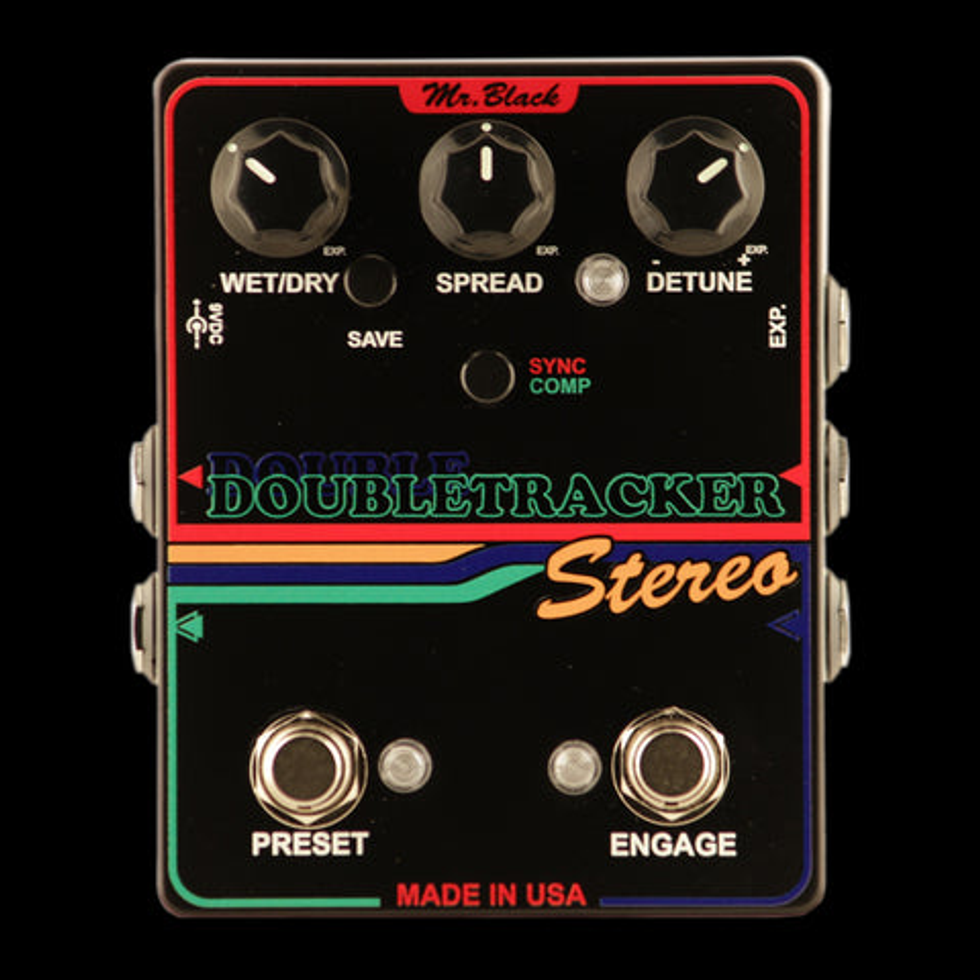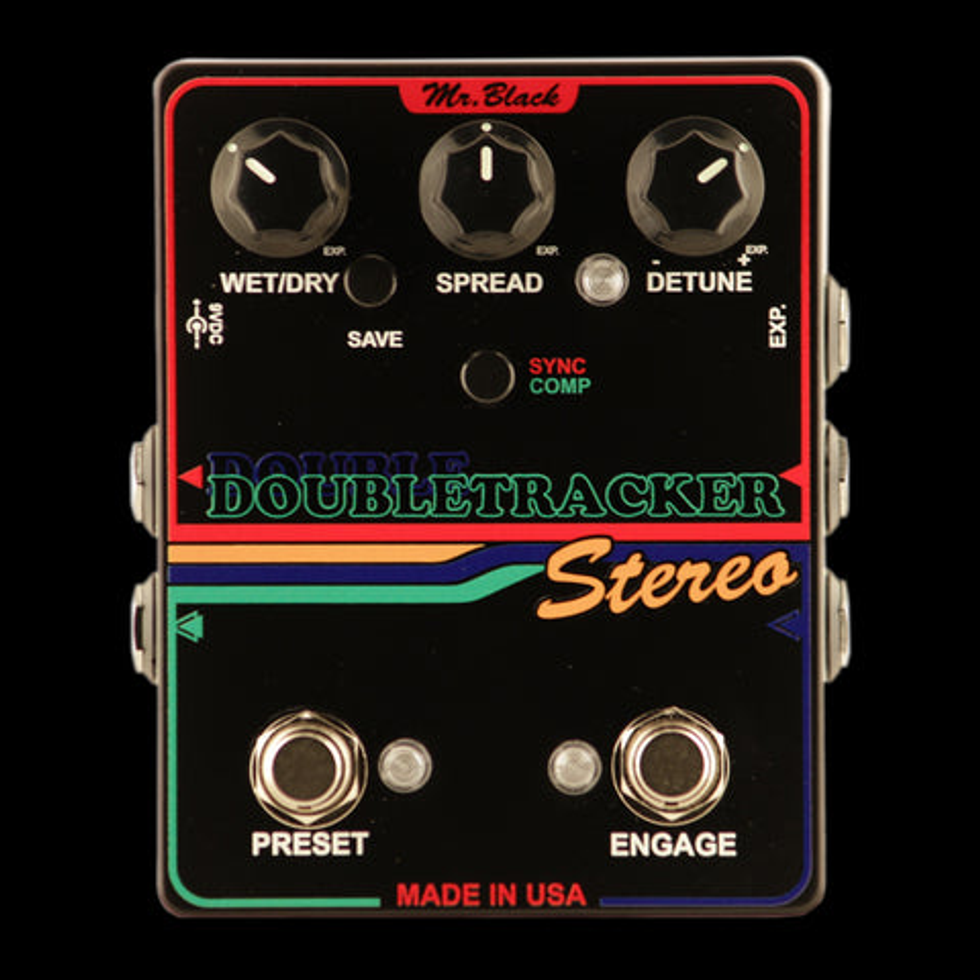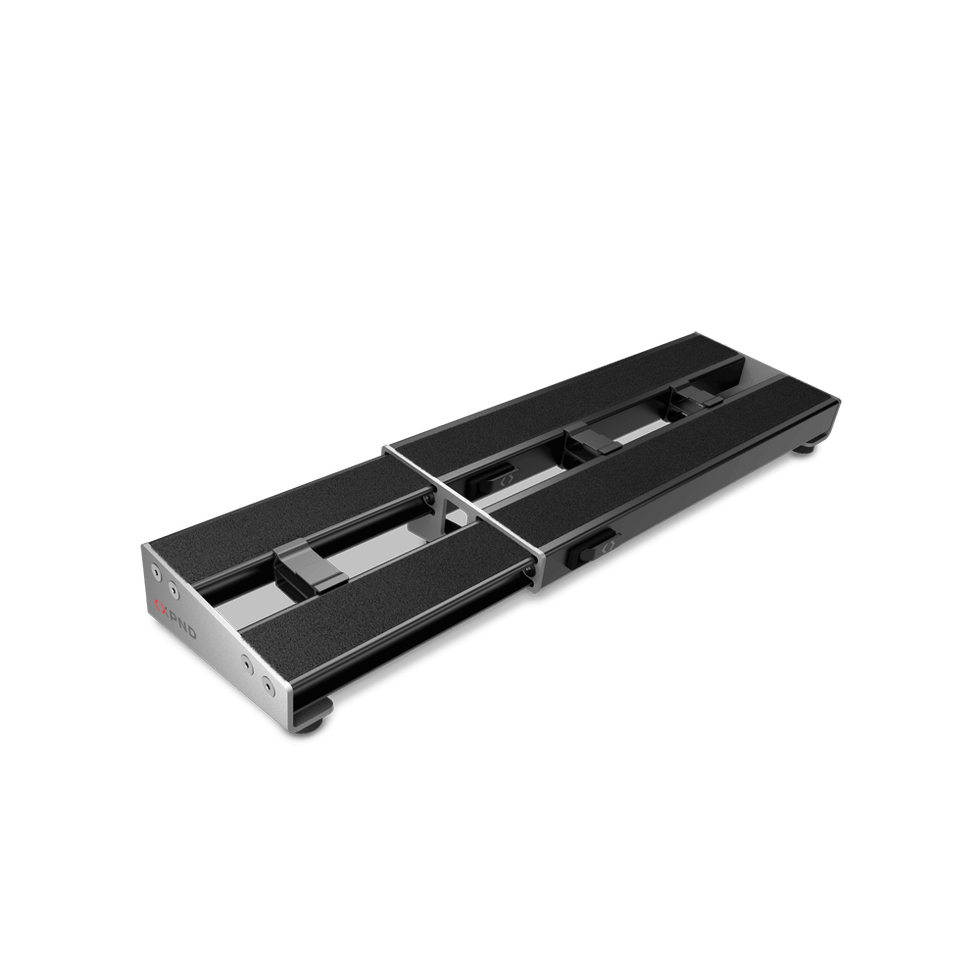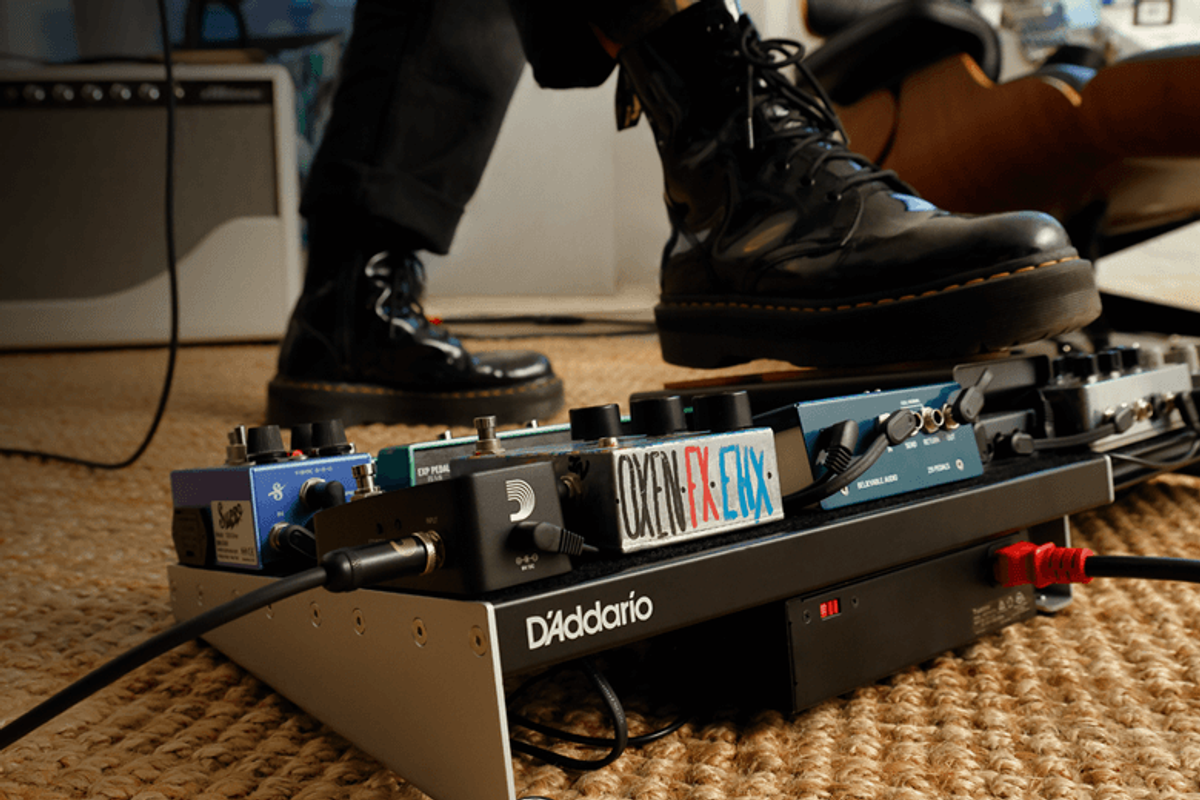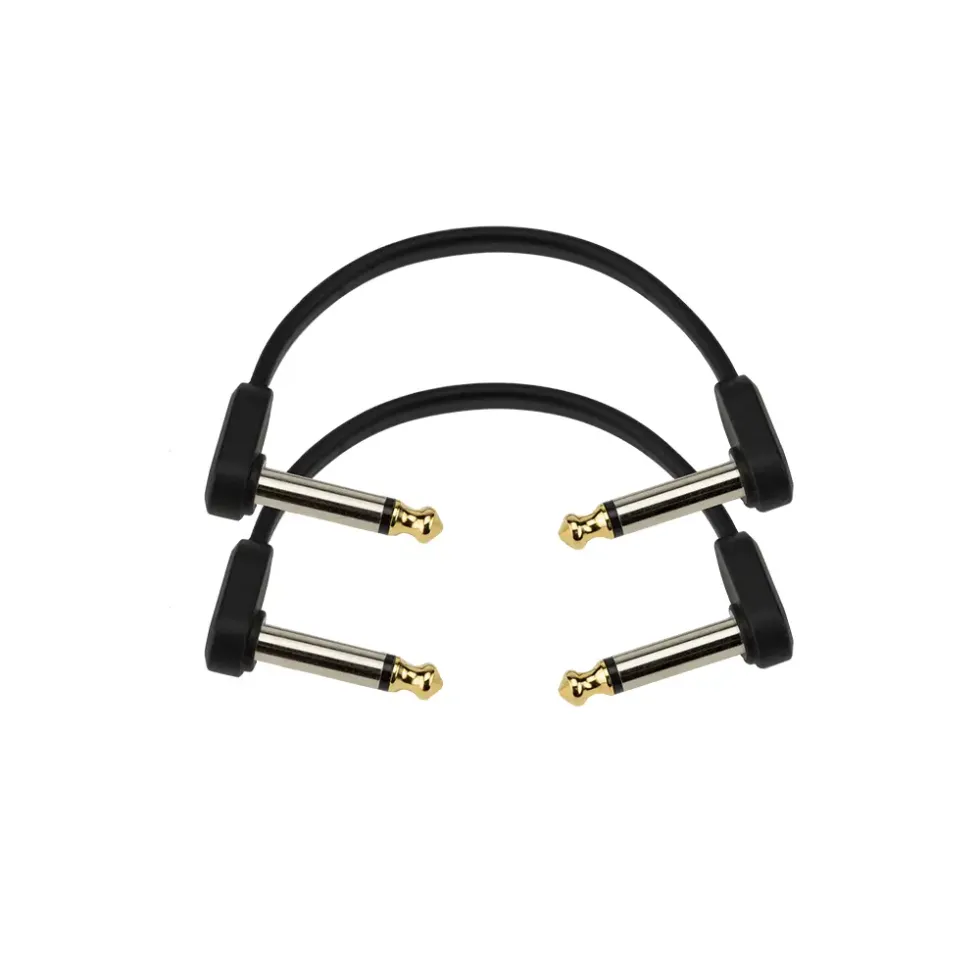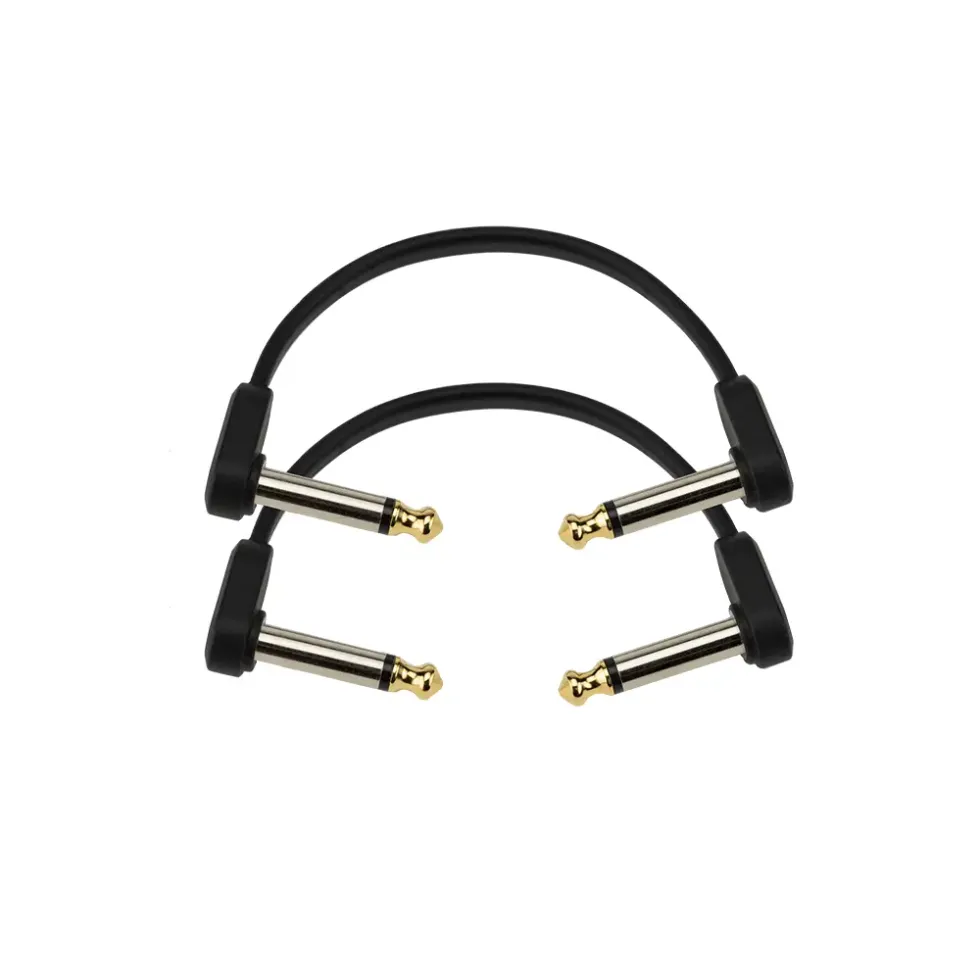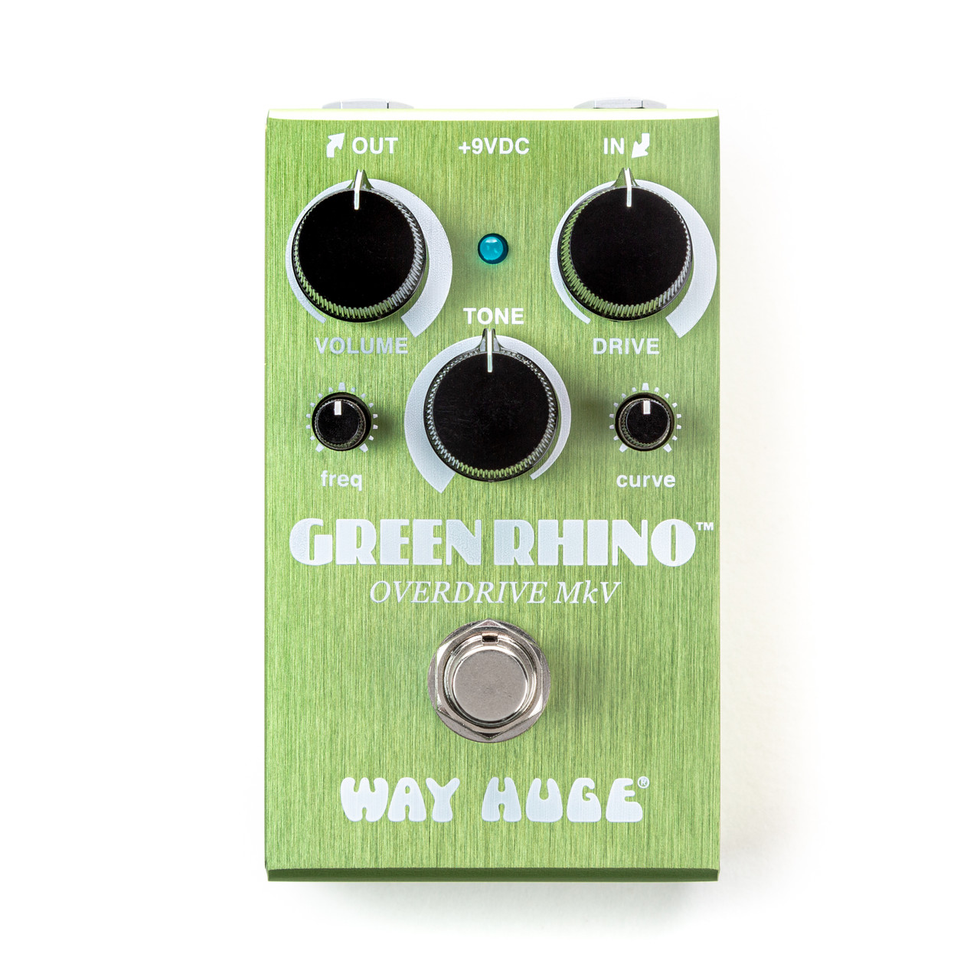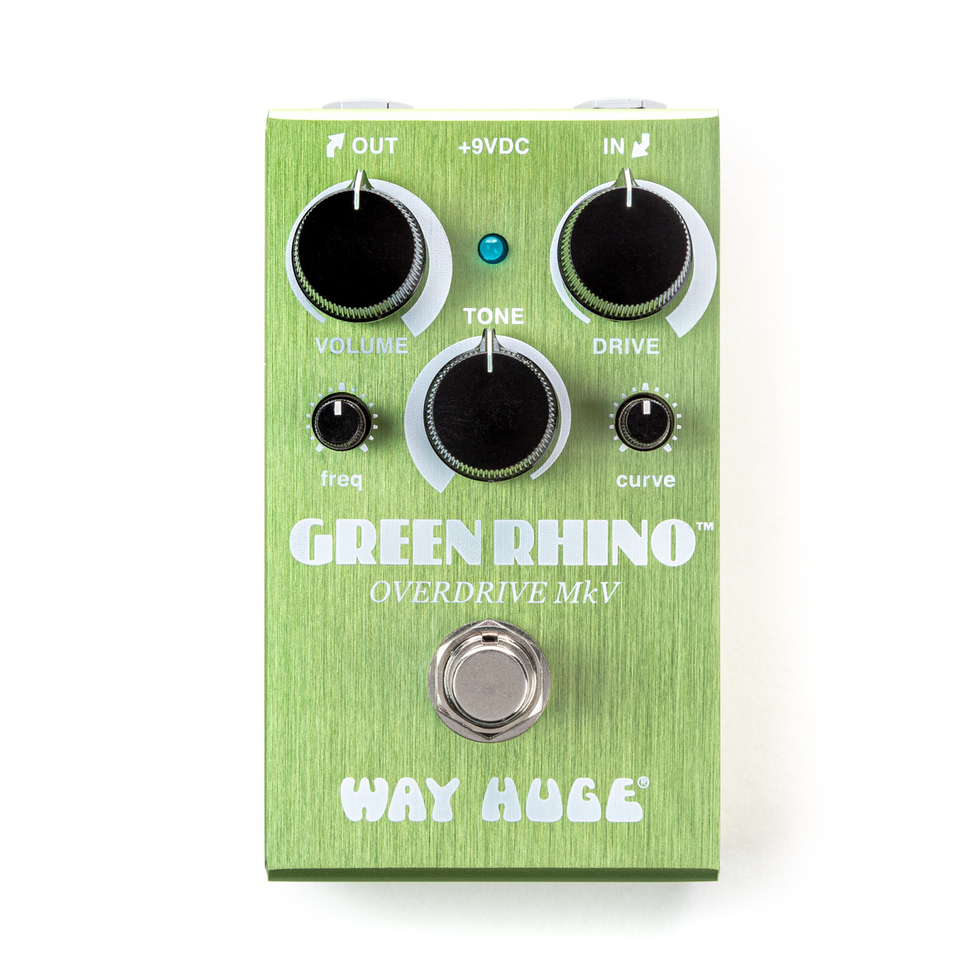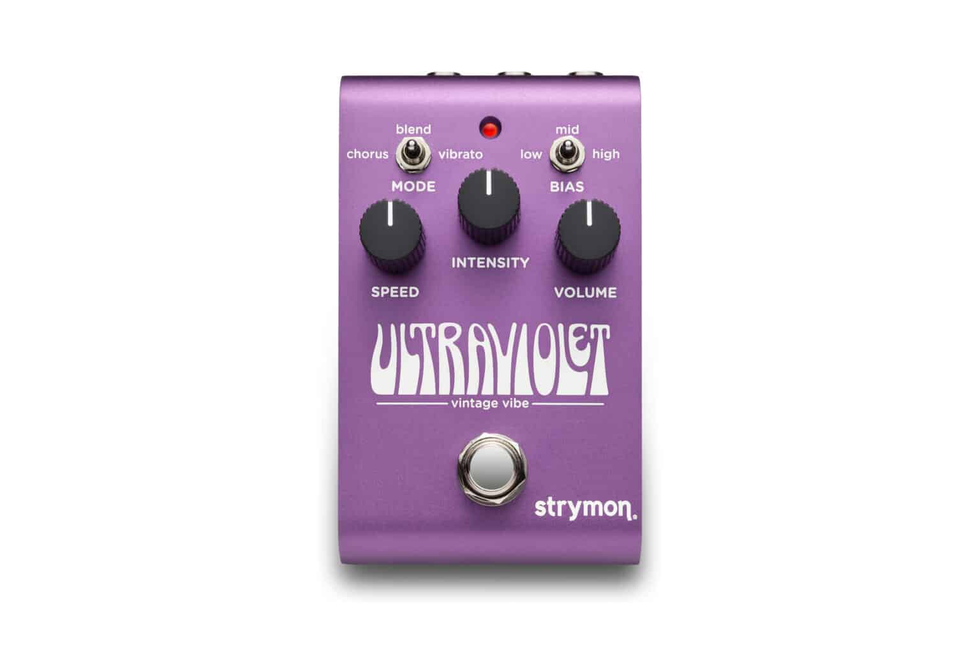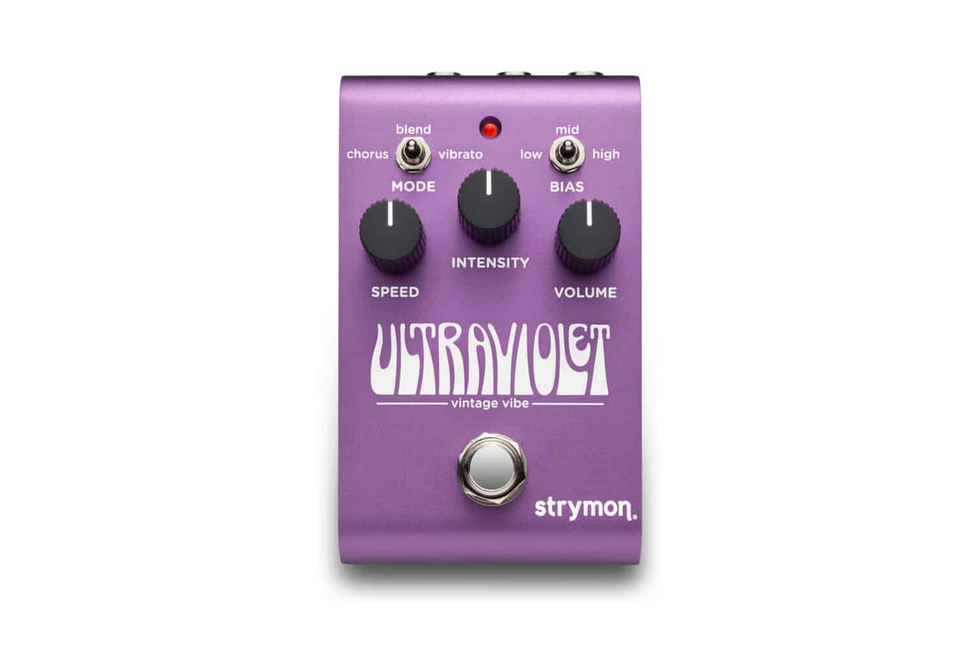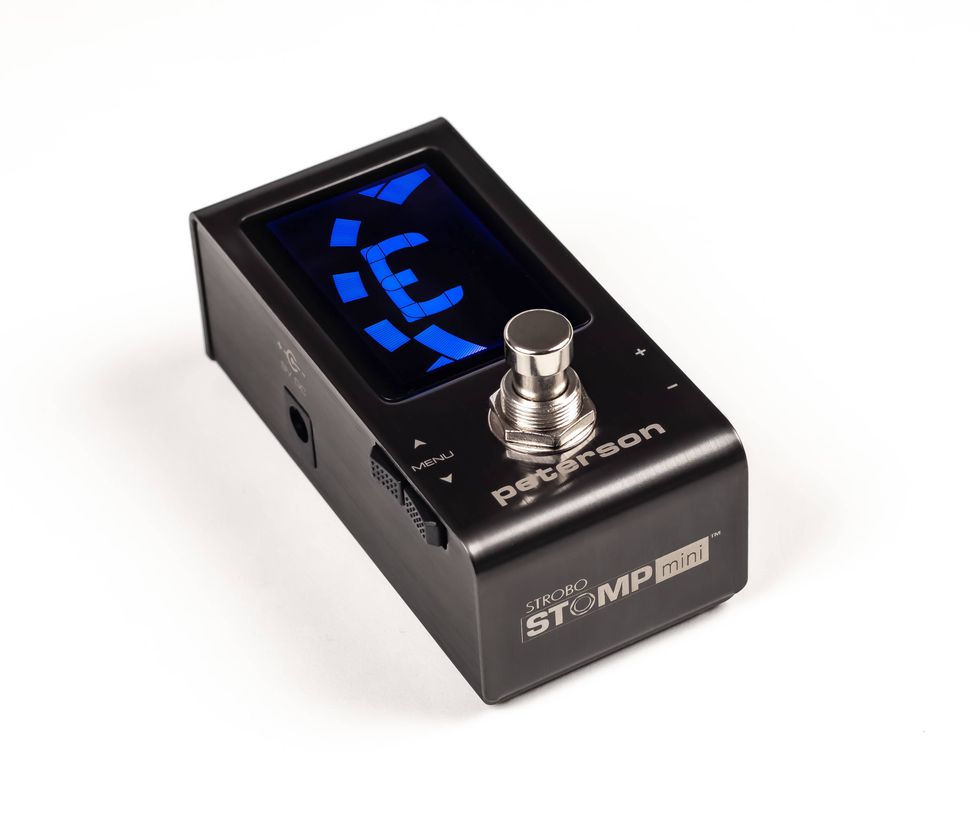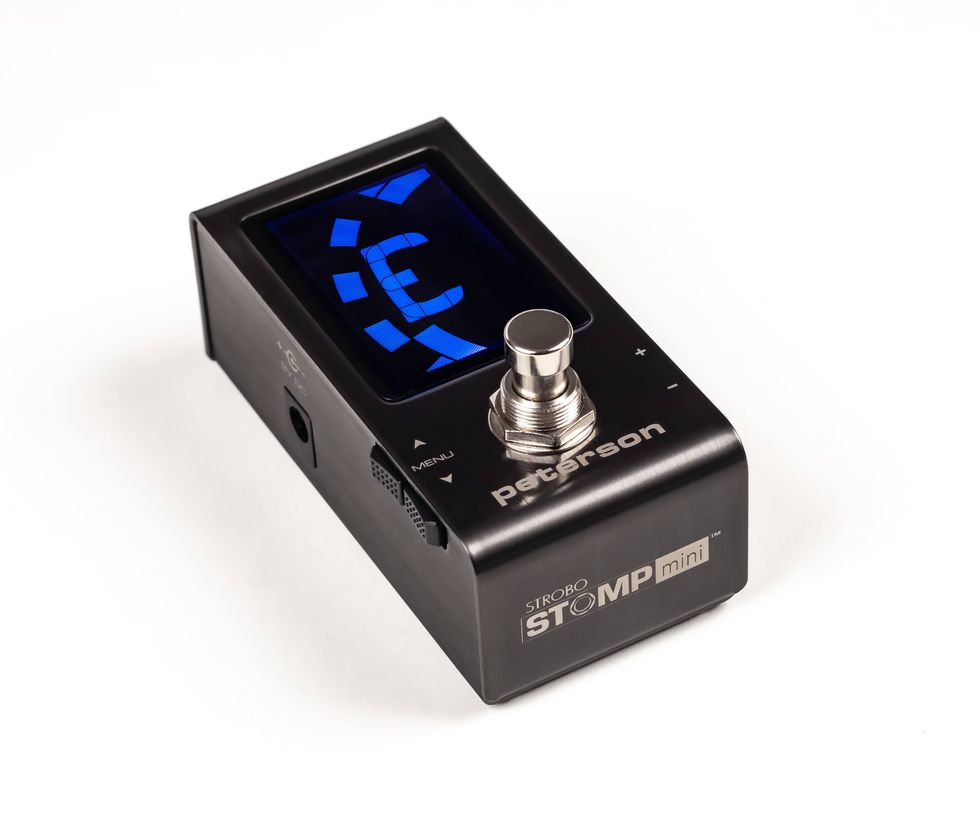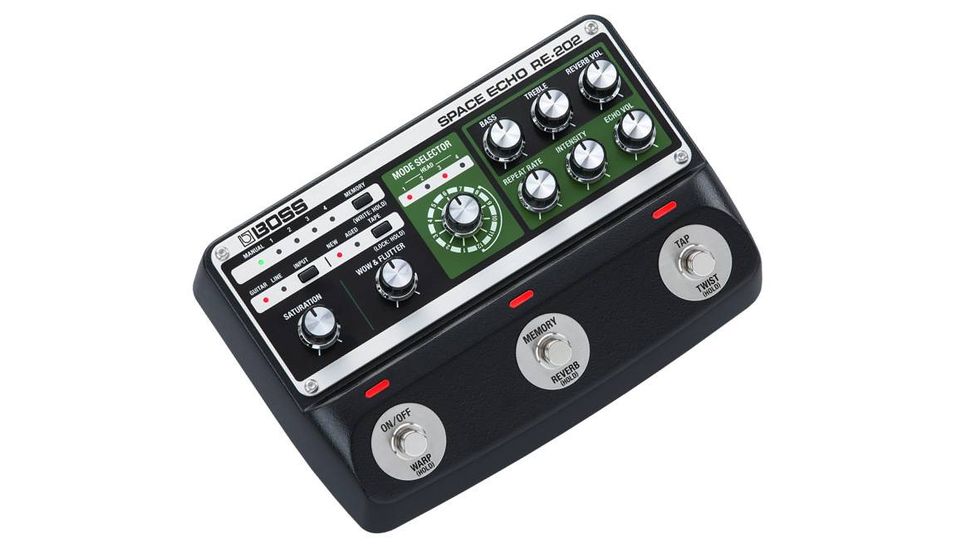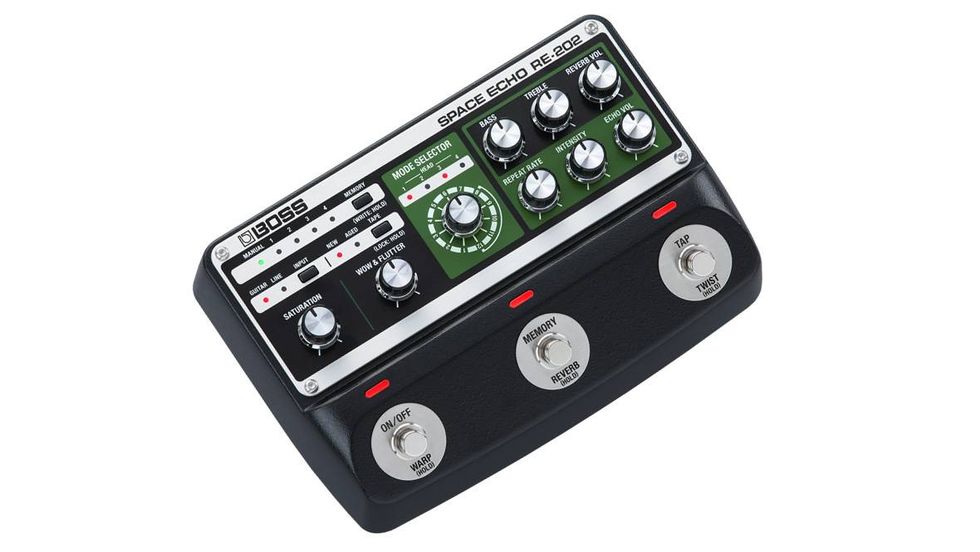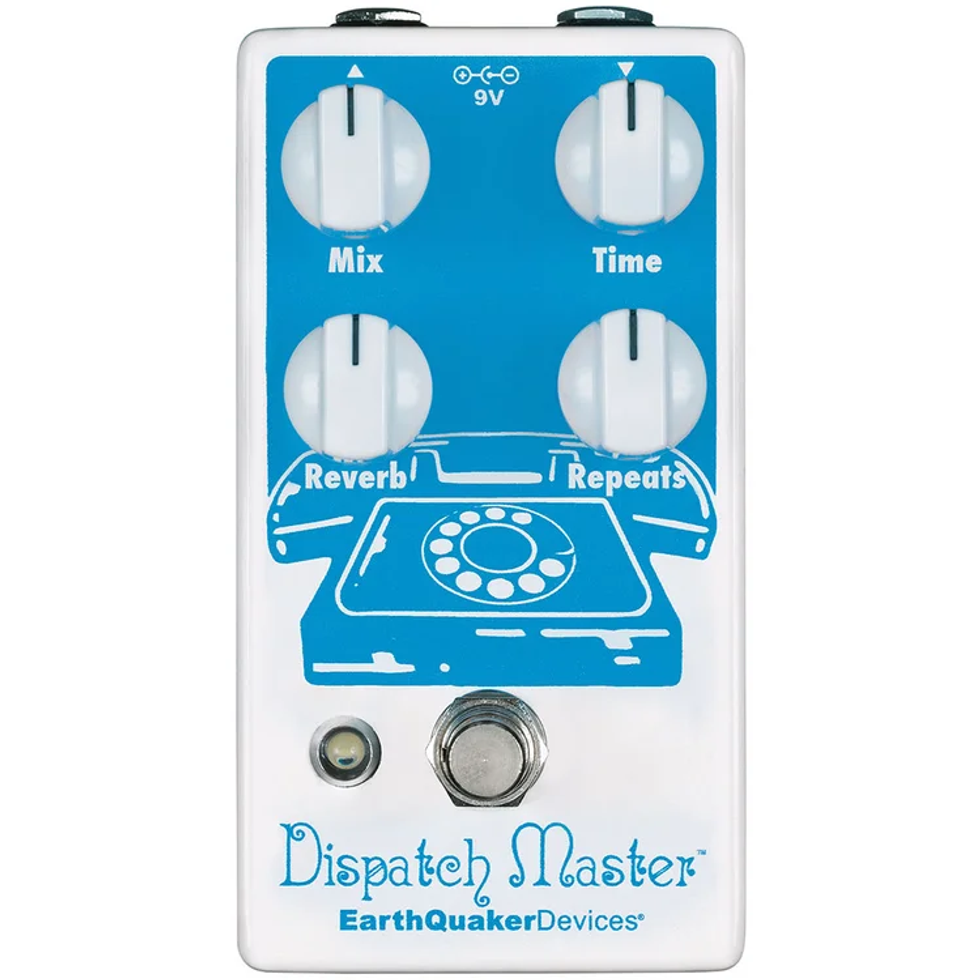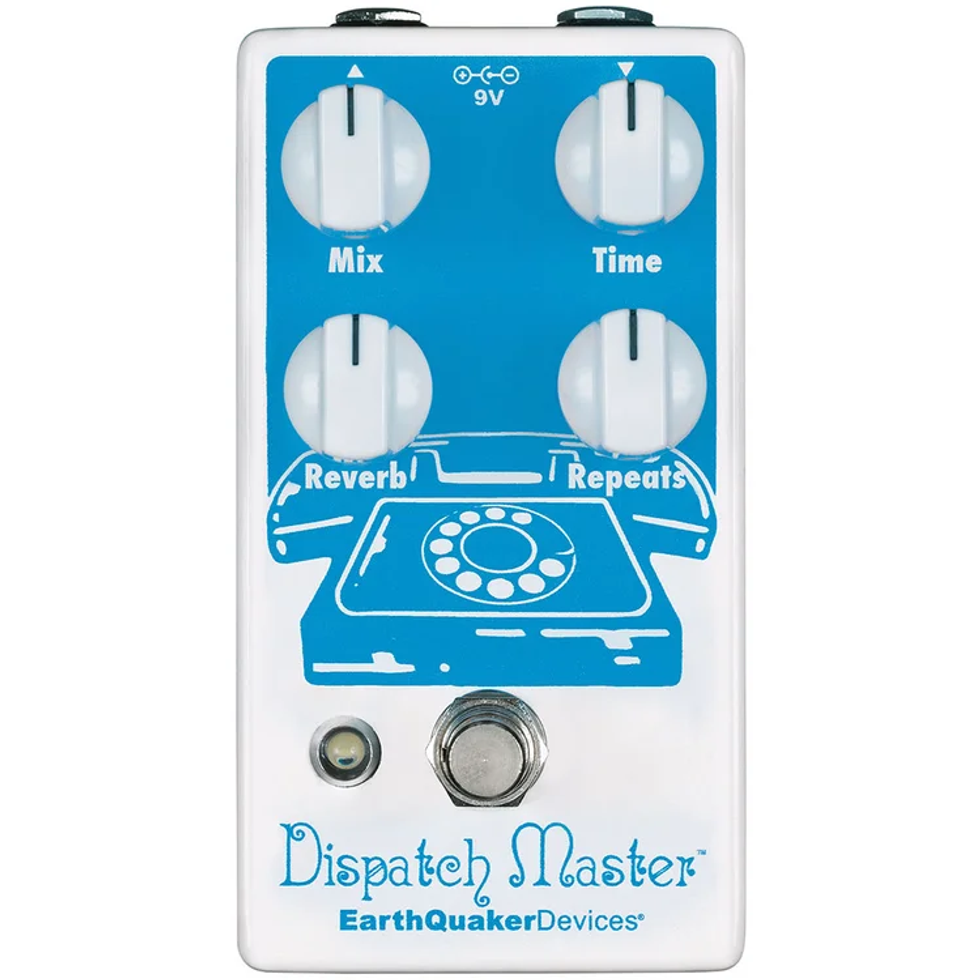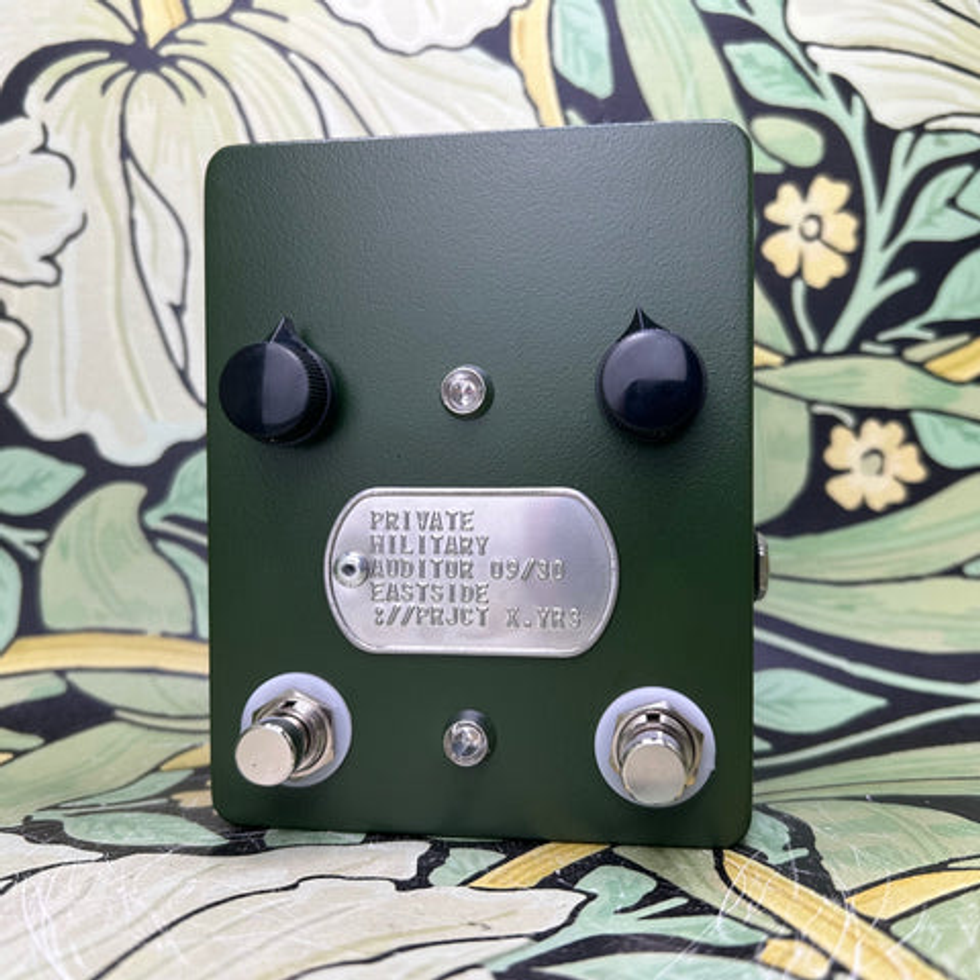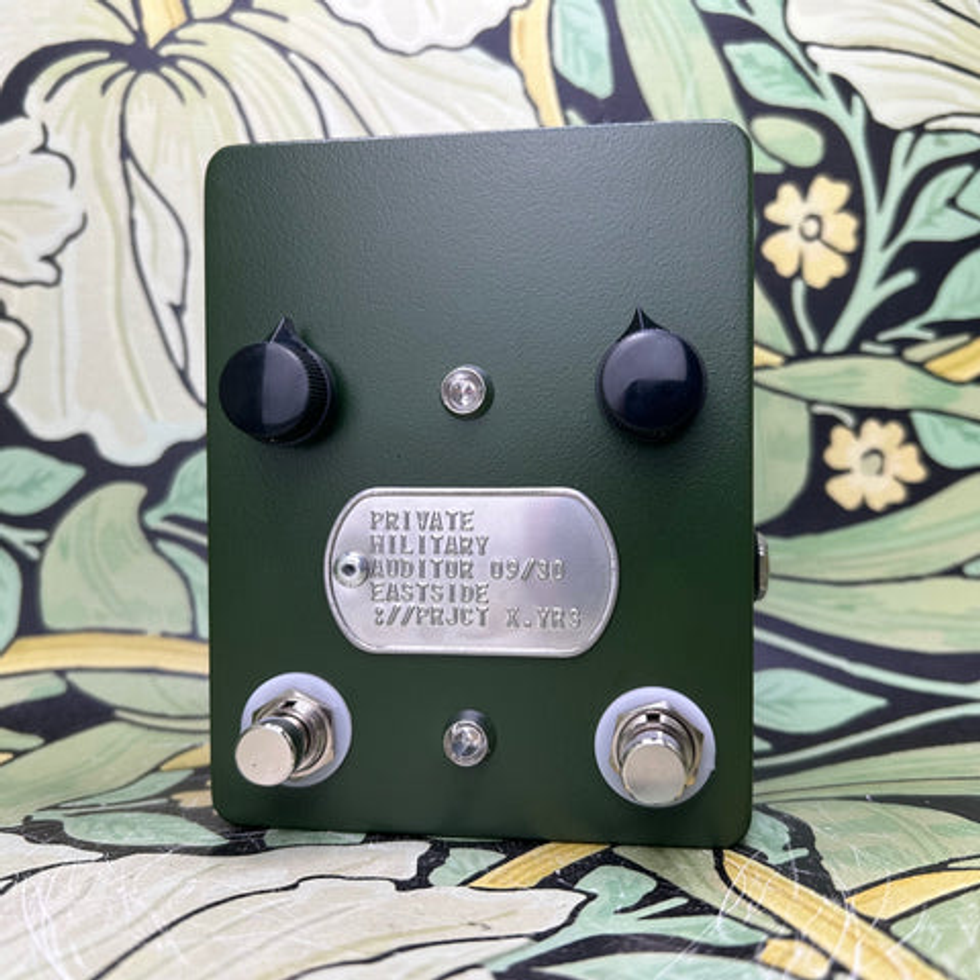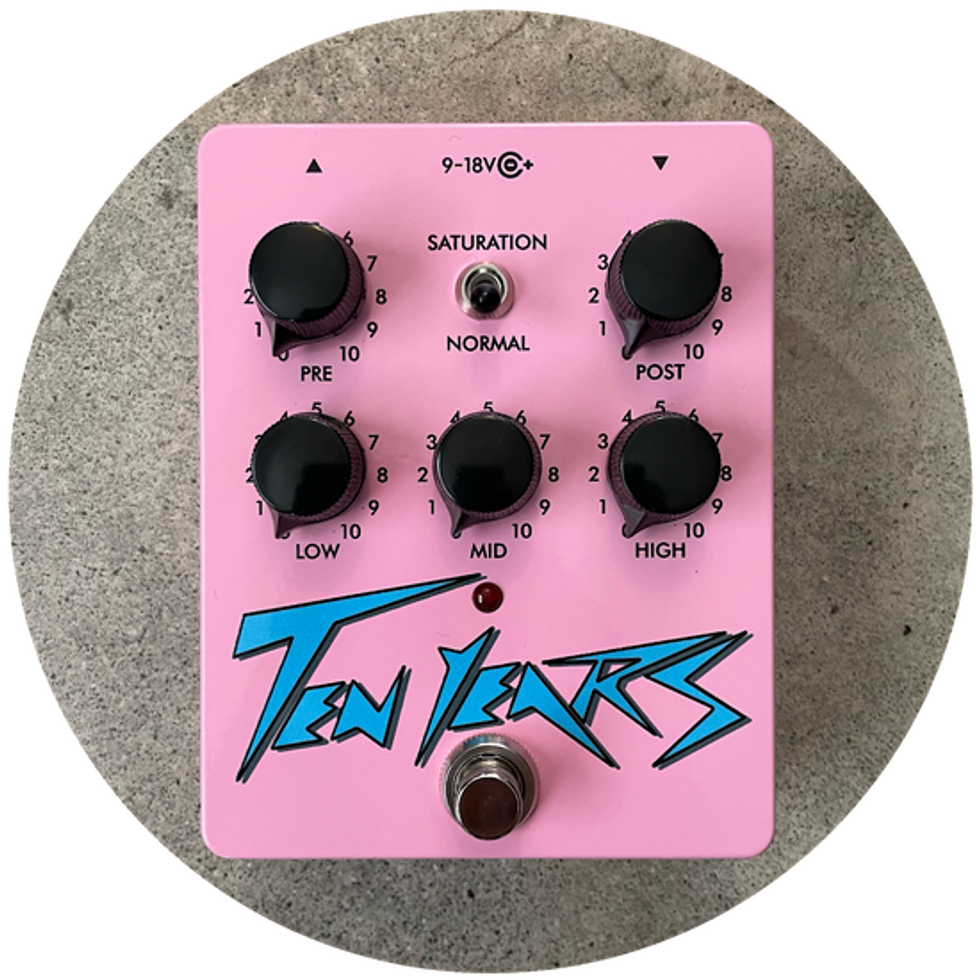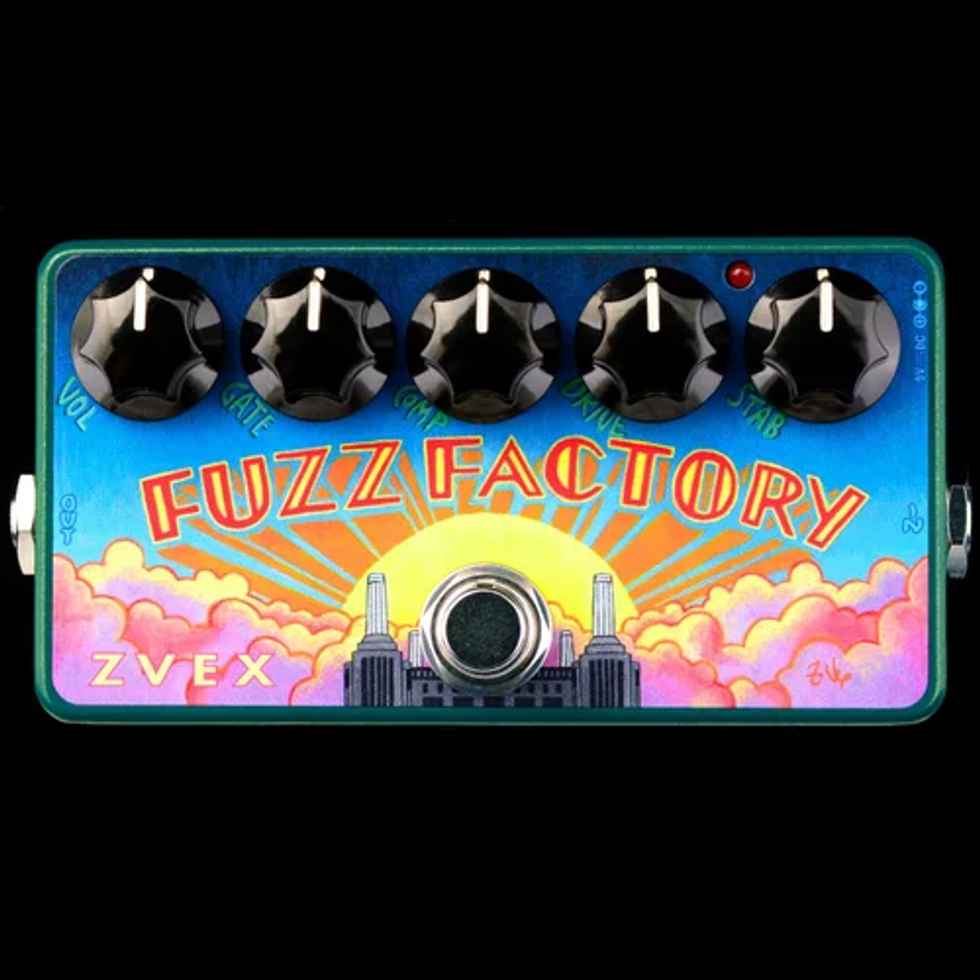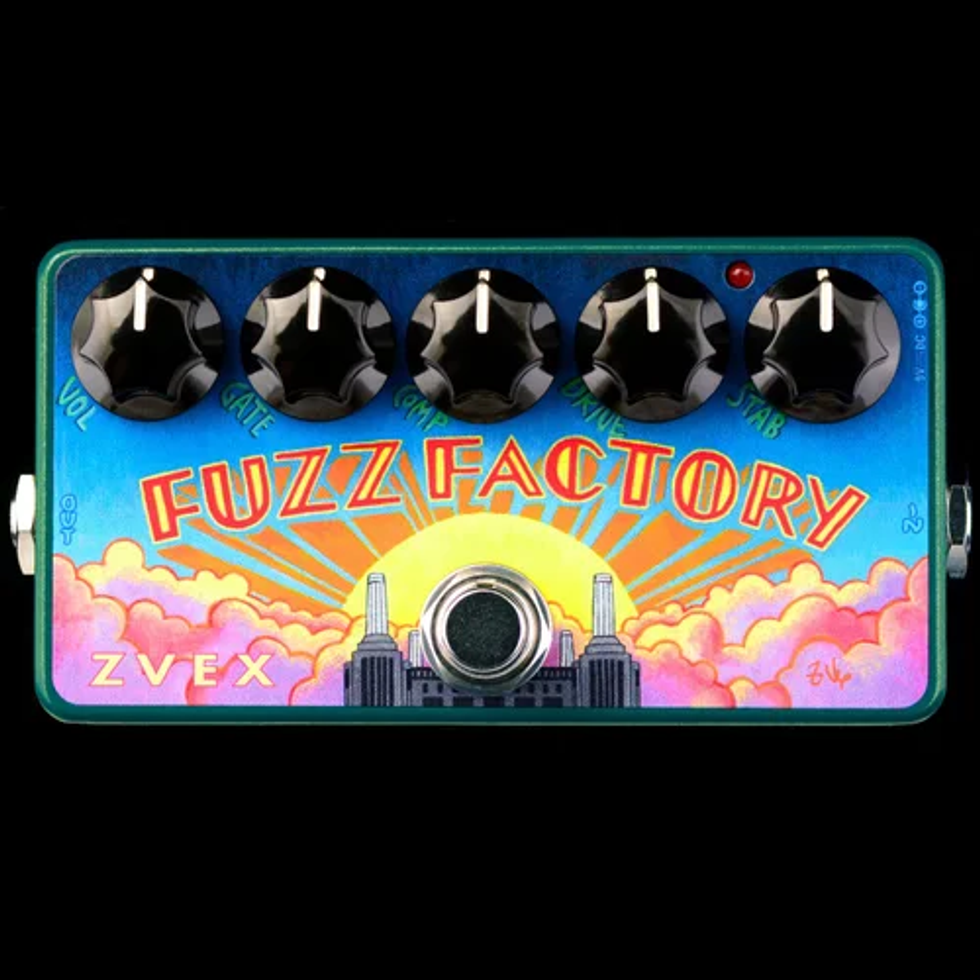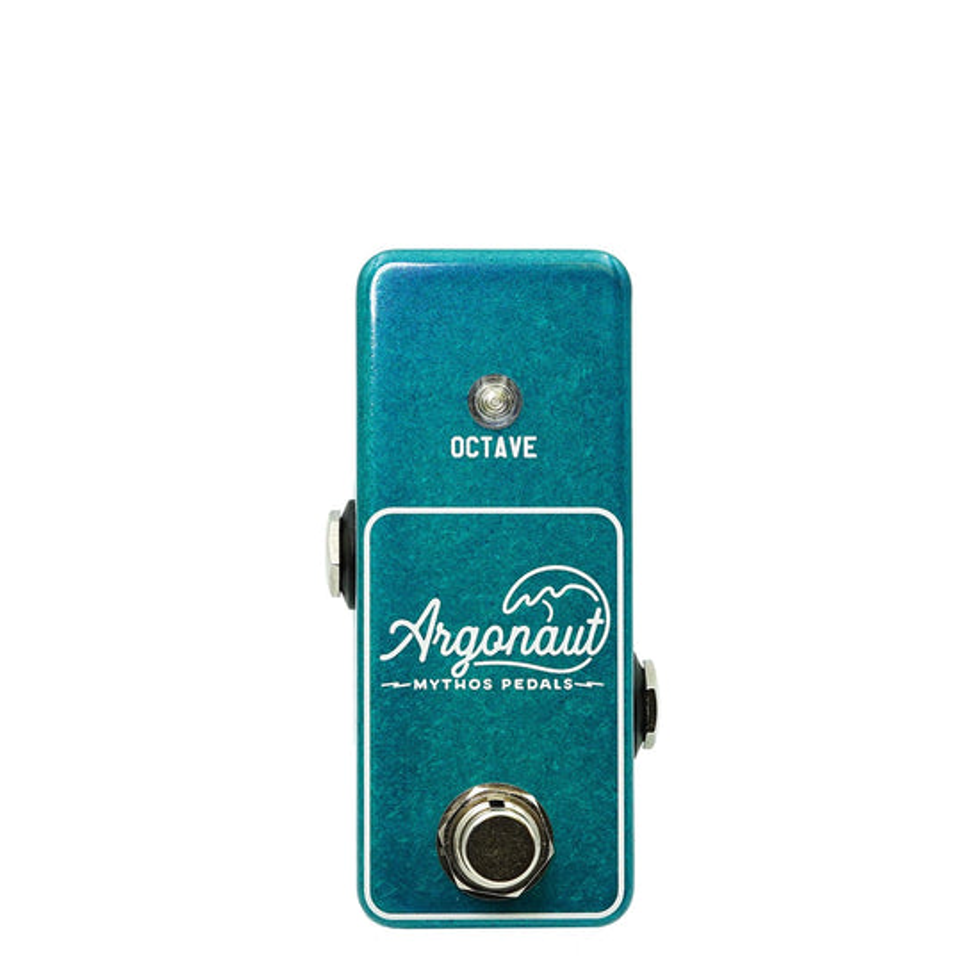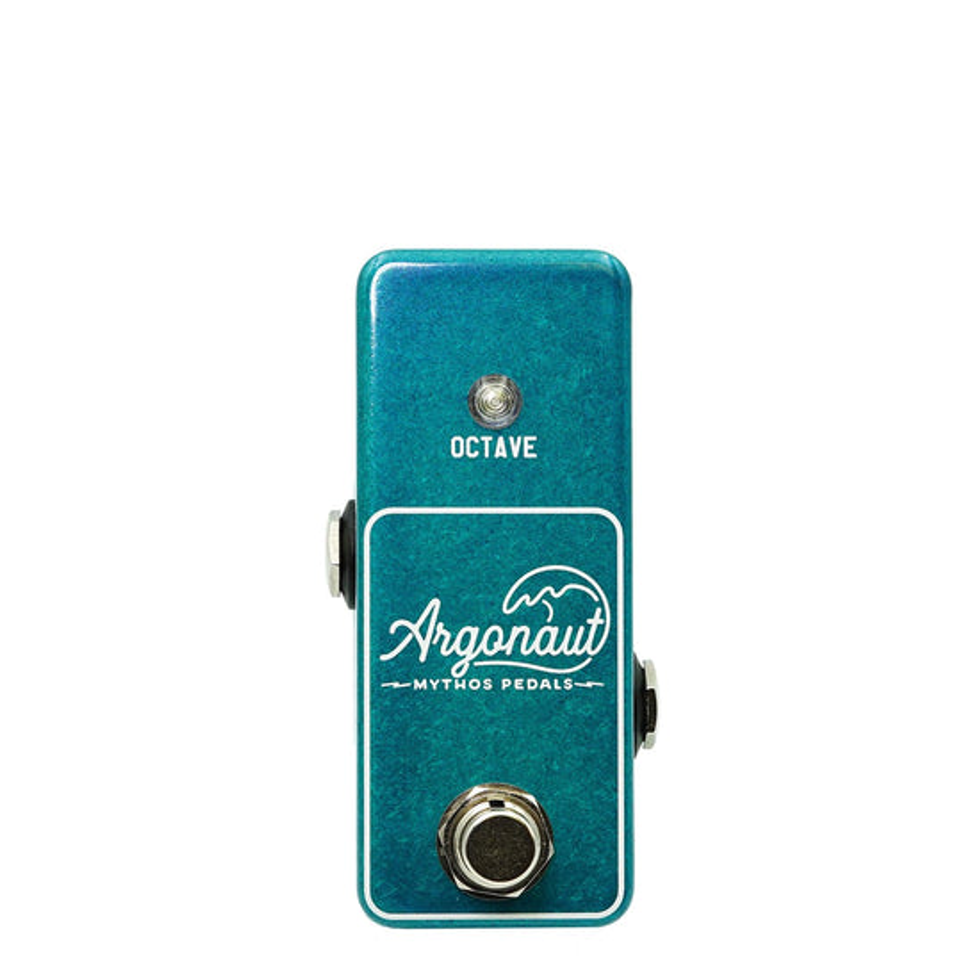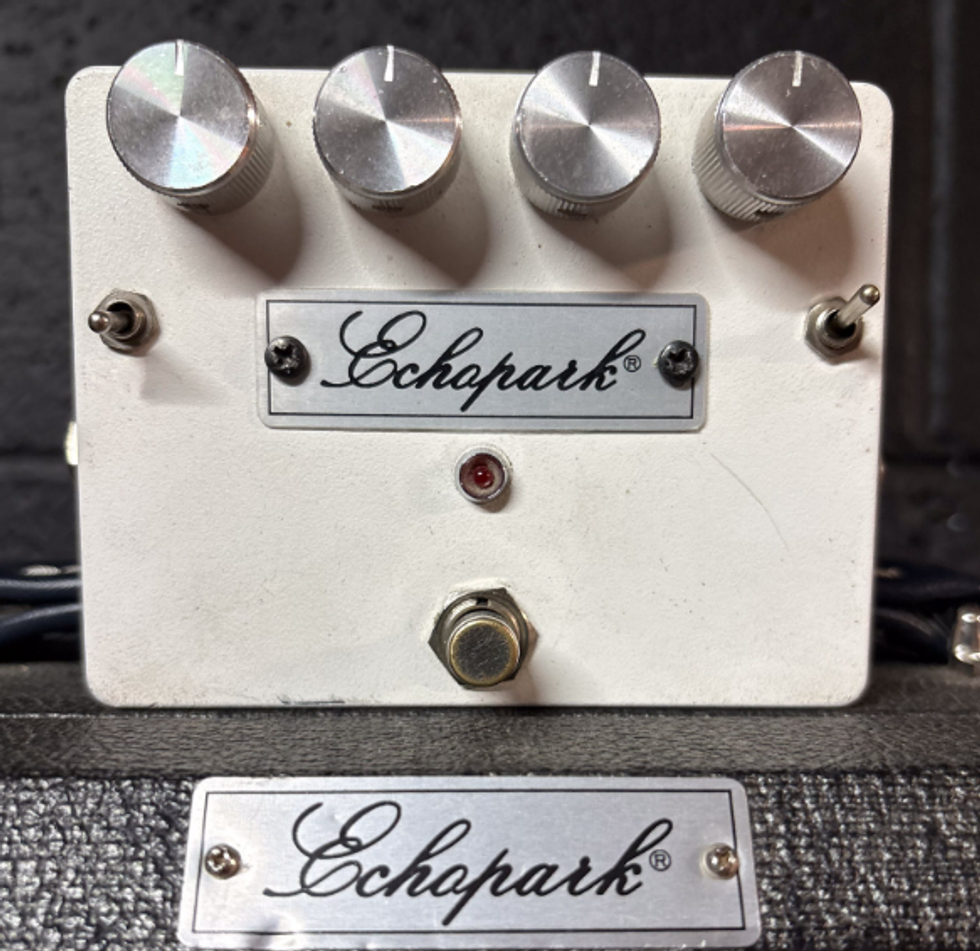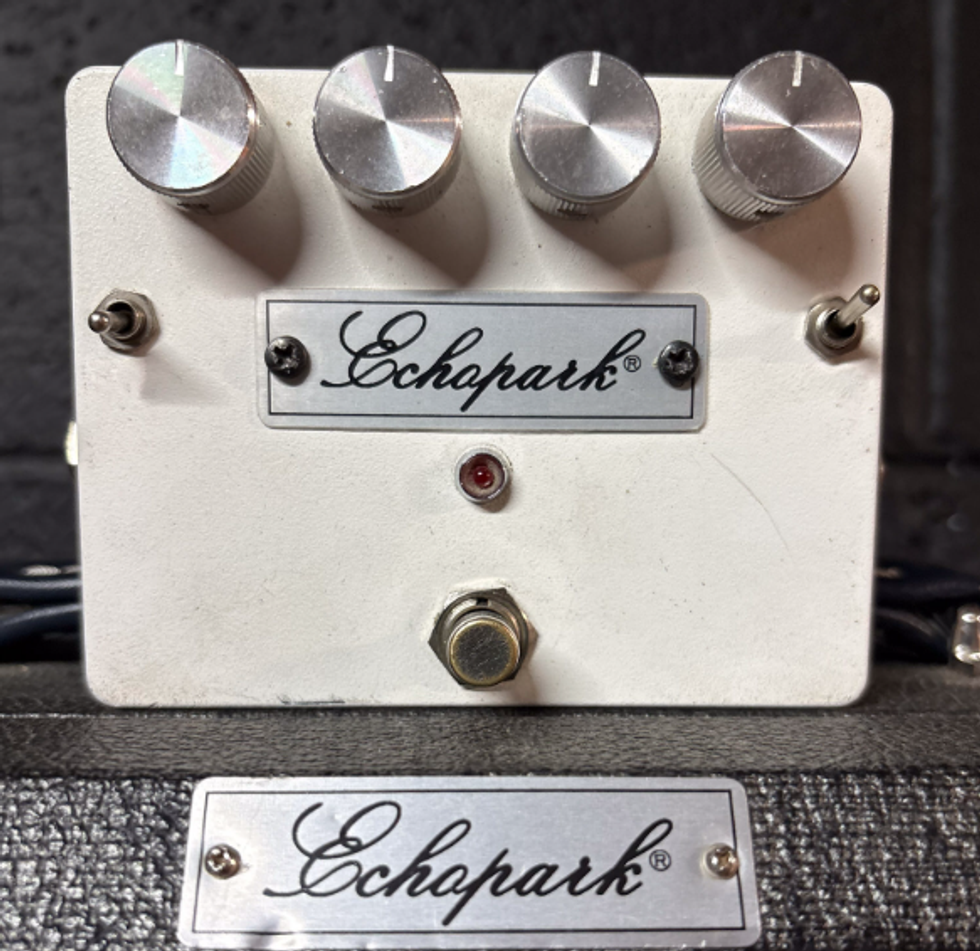Hello and welcome back to “Mod Garage.” Last month we talked about kill switch basics and how to wire one up using a 2PDT (on/ on) switching device, like a push/pull pot or a toggle switch. This month we’ll discuss the benefits of setting up a momentary kill switch on a Stratocaster and how to do it.
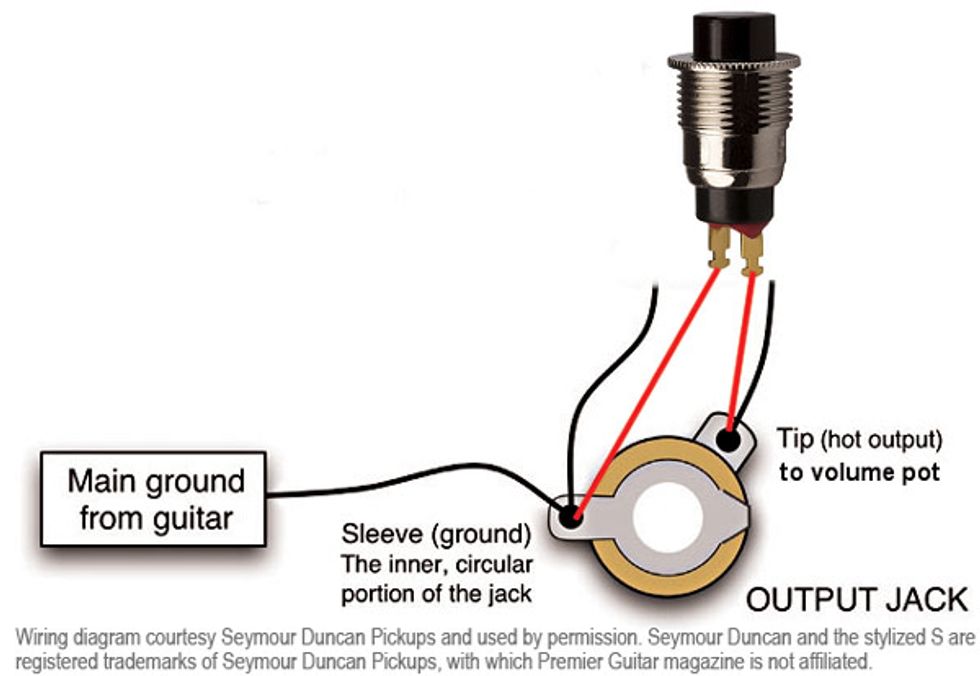
As you may have discovered, the standard Stratocaster pickguard with three controls and 5-way switch is not the best place for a toggle kill switch. It’s hard to find a spot you can reach to wiggle it back and forth to shut down the guitar—without messing around with the other elements on the pickguard, anyway. You can rewire your guitar for a master volume/master tone configuration and take out one of the tone pots to make space for the toggle switch, but this is still a compromise. Ultimately, an additional toggle switch or a push/pull pot isn’t the perfect solution for a kill switch on a Strat. It will do, if your intention is only to use it to shut down the guitar while on a break during a gig or in the studio. But if you’re looking for the staccato on/off effect (the “machine-gun” sound), this setup tends to work poorly on a Stratocaster. A better solution is to use a so-called momentary switch as a “musical kill switch.”
A momentary switch sports a button you have to push in order to open or close the contact, rather than using a toggle or normal switch. The momentary switch is only engaged as long as you press the button. This has the advantage of allowing you to alternate between off and on even faster than with a typical throw-type toggle switch. It’s also much easier to operate in places without much space—like the typical Stratocaster pickguard. There are two different types of SPST momentary switches available, so you have to be careful about what type you buy in order to wire the mod correctly. If you mess things up at this point, the guitar will be shut down when you’re not pushing the switch, and it will only be engaged when pressing the switch (though this would be a great practical joke you could play on your fellow guitarists).
The first type is the so-called “push-to-make” (ON)-OFF momentary switch (aka “N.O. contacts” or normally open contacts). This switch returns to its normally open (off) position when you release the button, like a doorbell. When you press the switch, you make a connection between the two contacts. The second type is the “push-to-break” ON-(OFF) momentary switch (aka “N.C. contacts” or normally closed contacts). This switch returns to its normally closed (on) position when you release the button.
It’s possible to use either type to set up a momentary kill switch, but I highly recommend you use a “push-to-make” (ON)-OFF type. Decide where to place the momentary switch on your Strat pickguard, drill a hole and install the switch. Then solder two short wires to the contacts of the switch and connect the other ends to the output jack as shown in the diagram.
This way, it will short the complete circuit, creating a loop from input to output that bypasses the signal when the button of the switch is pressed. As soon as you release the button, the loop is disabled and your guitar is roaring again. Try to install the switch near the output jack so you can keep the wires as short as possible to prevent it from picking up any hum, radio stations, etc.
An alternative way to wire the same switch is to insert it between the middle lug of the Strat´s master volume pot and the right lug of the same pot, connected to ground. Usually there are already more than enough connections at the volume pot, especially when using an additional treble bleed network, so connecting the switch to the output jack may be easier and you won’t have to mess around with tons of wires. It’s an equivalent circuit, just a different physical arrangement. Some words about the second type, the “push-to-break” ON-(OFF) momentary switch: with this switch you’ll have to make a break in one of the lines to make it work like a kill switch. But remember the basic rule: never break the signal! If you wire such a switch in-line of the signal wire or the ground wire, chances are good that you’ll get a bad hum instead of silence when pressing the button. So, the two ways shown above are far superior and highly recommended.
Alright, that’s it! Stay tuned for more Strat mods coming next month when I’ll show you the so-called “Blender Strat” mod; a fine modification for players who want to be able to dial in virtually endless combinations of their three pickups. Until then ... keep on modding!
Dirk Wacker
Dirk Wacker lives in Germany and has been addicted to all kinds of guitars since the age of five. He is fascinated by anything that has something to do with old Fender guitars and amps. He hates short scales and Telecaster neck pickups, but loves twang. In his spare time he plays country, rockabilly, surf and Nashville styles in two bands, works as a studio musician for a local studio and writes for several guitar mags. He is also a hardcore DIY guy for guitars, amps and stompboxes and runs an extensive webpage www.singlecoil.com about these things.












![Rig Rundown: AFI [2025]](https://www.premierguitar.com/media-library/youtube.jpg?id=62064741&width=1245&height=700&quality=70&coordinates=0%2C0%2C0%2C0)












 Shop Scott's Rig
Shop Scott's Rig